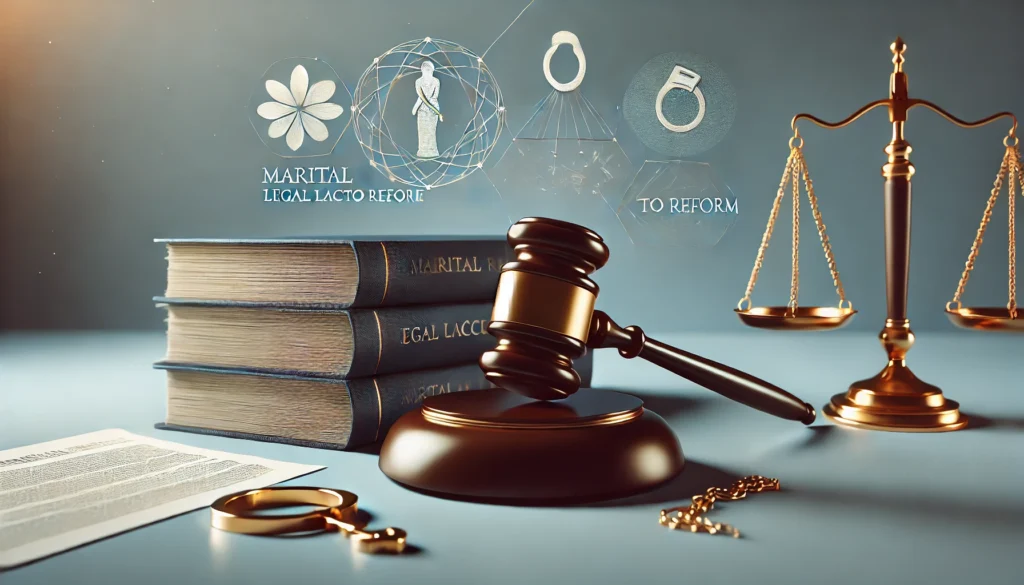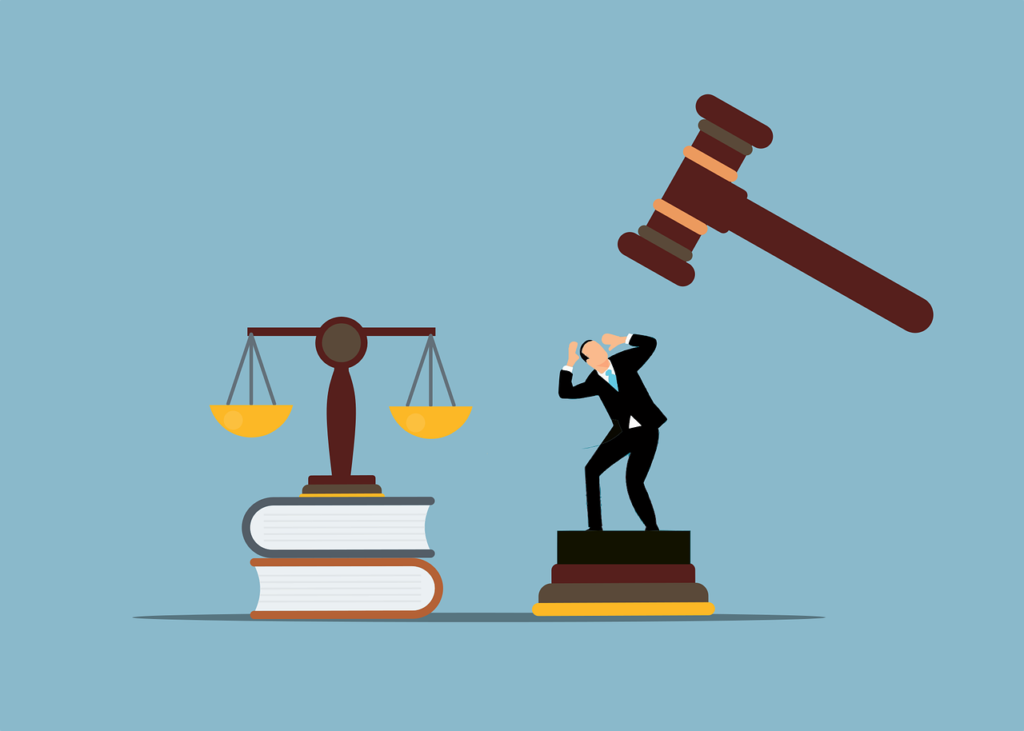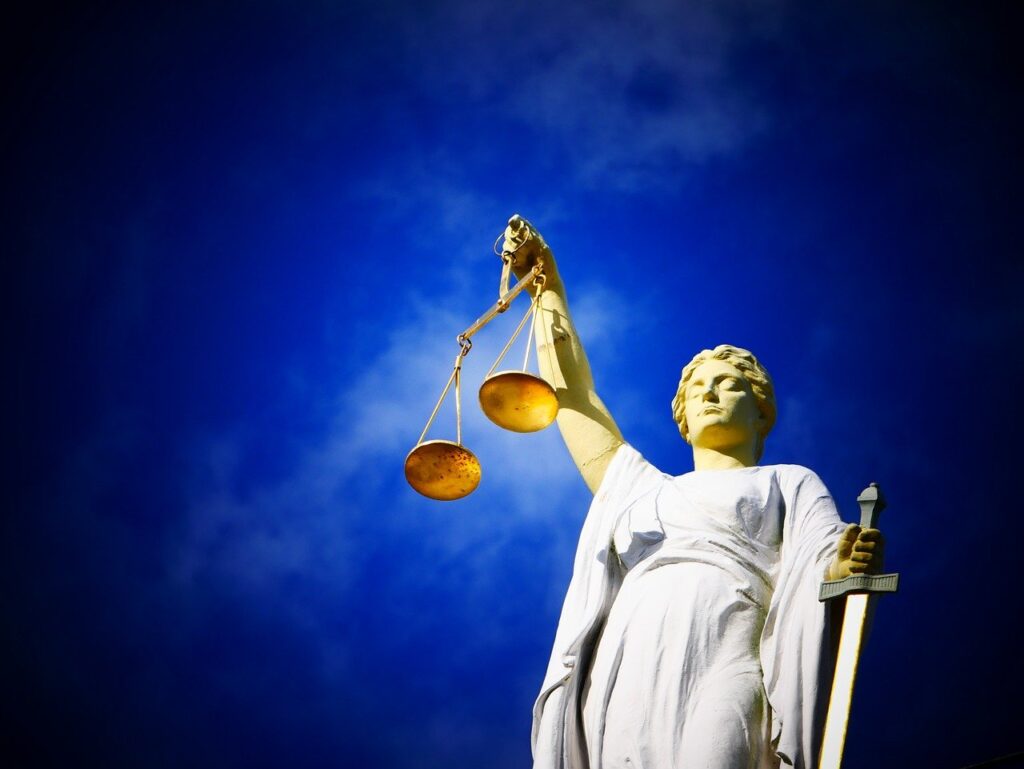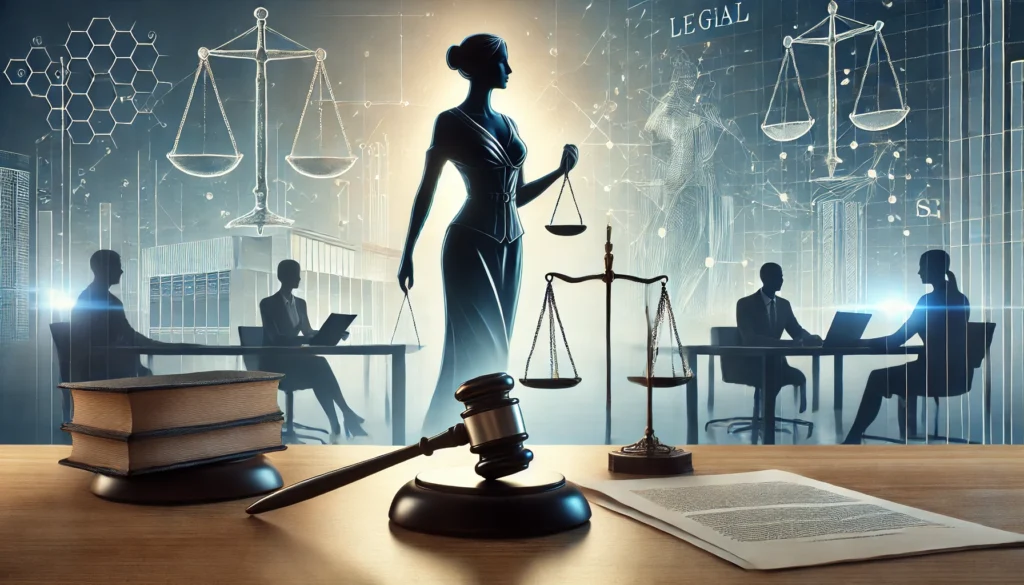Published On: 18th February, 2024
INTRODUCTION:
The Indian constitution also known as the democratic constitution, the largest one being in the world is drafted and adopted in such a manner that there is a perfect harmony among the citizens and the government. The constitution ensures to provide the citizens the rights they are entitled to and duties that they should follow. The government and its pillars on the other side are given the rules and ways according to which they have to perform and have a very critical function to protect the rights of the citizens be they fundamental or not. The pillars of the government, namely legislature- the law-making body, the executive- the executor of the laws and the judiciary- the one keeping a check and balances and has to ensure that the rights are not violative of the basic structure of the constitution hence judicially reviewing the laws and holding them unconstitutional if they are violative.[1] This concept of the separation of powers ensures the smooth functioning of democracy as described under Article 50 of the Constitution of India.
But what if these functions violate the very basic structure of the constitution or in simpler terms go against the constitutional provisions? For that, the concept of the doctrine of JUDICIAL REVIEW has been adopted in lines from the American Constitution. The concept of judicial review is that, if any pillar of the government whether the legislative or the executive or other administrative organs of the government and even the judiciary’s own earlier decisions go ultra vires the constitution then they are declared null and void by following the procedure established by law. A correct procedure should be followed while exercising the functions and most importantly ensure that the rights of the citizens in any way are not violated. This is done in order to check over any misuse of power since it is vested equally among every pillar as the Supreme Constitution says so. The judicial review basically works as a limitation on the functioning of the organs of the government and the only role of the judiciary in this process of judicial review is to interpret the constitution as per the changing society and the dynamic environment. The judiciary should not overstep its authority to step in the shoes of legislature or executive otherwise it would go against the very principle of doctrine of separation of powers. This function of judicial review is performed only by the Supreme Court and the High courts in India and not only laws but also acts, actions and amendments can be declared null and void if they go against the basic structure principle.
The article review of this project discusses the various provisions that give the judiciary the right to exercise judicial review. The case laws post-independence that have contributed a lot to the development of this doctrine in line with the changing society are mentioned. The shortcomings in the latest trends of the rights and duties that tend to be affected by this doctrine and the way forward in this regard in the conclusion.
ARTICLE REVIEW:
The doctrine of judicial review does not have any specific or express articles in the constitution of India, there are just some articles that provide for the judicial review of the laws made under the principle of majorly protecting Part III of the constitution of India or any law which is questioned upon its legitimacy and questions the basic structure of the constitution. The process of conducting a judicial review with respect to previous laws is such that if any law is found violative then to review it only that part is repealed and rejected which does the violation of the rest of the part if valid remains functional until altered or some provision is made to make that part of that law operational, but if the parts cannot function independently then that law is held void for that matter. On the other hand, if a law has to be enacted and before that it has been given to be judicially reviewed then the law is only passed if it passes the test of constitutionality otherwise the law can be declared void.
Judicial review can be done of any law, ordinance, bill, or constitutional amendment in the interest of protecting the rights of the citizens.
Such an article is Article 13 clauses 1 and 2 which provide that if the pre-constitutional and post-constitutional laws violate the fundamental rights of citizens then such laws can be held as unconstitutional as going against the basic structure of the constitution respectively. For the same, the citizens can approach the High Court under Article 226 for the enforcement of fundamental rights by issuing writs namely habeas corpus, mandamus, certiorari, prohibition, and quo warranto. In the Supreme Court under Article 32 for protection of fundamental rights by questioning the validity and legitimacy of the law. There are some other articles such as 251 and 254 which say that in case of dispute between the union and state the union law will prevail and be accepted. Article 245 to the same extent ensures that both the powers of the parliament and the state legislatures do not go ultra vires the constitutional basic structure and that any law can be again questioned in the court of law and is subject to the interpretation of the judiciary in the interest of the society.
Some of the important case laws in the series judicially reviewing legislative actions due to which judicial review came into the picture as an important doctrine are:
- Shankari Prasad v. Union of India[2]:-
Article 13 v article 368
Under this case, the First Amendment Act (1951) was challenged upon its validity and legitimacy. This was a conflict between Article 368 and Article 13 of the Constitution because Article 368 provides that for the purpose of amendment even Part -III of the Constitution can be amended while Article 13 endures that no amendment or law shall take away or abridge or violate Part-III of the Constitution. The Supreme Court held that the parliament under Article 368 could also amend the Fundamental Rights along with other parts or laws by taking them away or abridging them under a constitutional amendment and the said amendment wouldn’t be considered void under Article 13. This was the first such case under which the First Amendment which is a legislative action was judicially reviewed.
- C. Golaknath v. State of Punjab (1967)[3]:-
Part-III v Part-IV of the Constitution of India
Under this case, there was a conflict between Part-III and Part-IV of the constitution that is the fundamental rights vs directive principles of state policy wherein the Supreme Court held that for implementation of directive principles of state policy that is duties the fundamental rights cannot be abridged or taken away through any constitutional amendment. To the response of this judgment, the 24th and 25th Amendment acts were enacted wherein the 24th Amendment said that fundamental rights can be taken away or abridged by the parliament that is Articles 13 and 368 can be amended upon the assent of the President to such an amendment. In the 25th amendment, the parliament said that for implementation of the directive principles of state policy, no law will be held void even if fundamental rights such as 14, 19, or 31 are violated. Also, such law cannot be questioned for the same issue in the courts of law.
- Kesavananda Bharti v. State of Kerala (1973)[4]:-
BASIC STRUCTURE DOCTRINE DEFINED
The largest constitutional bench sat, in this case, to define the basic structure of the constitution of India when the 24th and 25th Amendment acts were challenged. While there was a debate of conflict between Part III and Part IV of the constitution along with Article 13 in dispute with Article 368 of the constitution on precisely one single problem whether for the purpose of constitutional amendments or for implementing duties the fundamental rights could be amended or not.
It was held in this case that the constitution of India is not made from an exhaustive point of view but forever amending and consolidating as the environment and society change and apparently, the rights, duties, and functions provided under the laws can be amended as long as it does not change the basic structure of the constitution.
On this, it was held that the 24th Amendment Act asking for the amendment of fundamental rights is valid while the 25th Amendment Act was not as the fundamental rights cannot be violated but only modified to maintain a harmonious construction between the rights and duties according to which the Article 31C was declared to be ultra vires and hence unconstitutional. It was also held that whether or not anything is a part of the basic structure doctrine depends on the interpretation of the judiciary after which JUDICIAL REVIEW became a part of the basic structure which cannot be struck down and any law or action can be reviewed if found violative.
- Indira Nehru Gandhi v. Raj Narain (1975)[5]:- after the Kesavananda Bharti case in which the basic structure was defined, the 39th constitutional amendment act was enacted which said that the election-related disputes that involved the prime minister and the speaker of Lok Sabha cannot be challenged for the process of review in any court of law. However, this was considered to be an arbitrary decision which courts held that providing immunity to the respective people goes against the core of the basic structure as a result of which the said provision was held unconstitutional. To respond to it the parliament enacted the 42nd Amendment Act under which it was laid by the parliament that any constitutional amendments are outside the purview of judicial review and the powers of the Supreme Court and the High Court were curtailed for the same.
- Minerva Mills v Union of India (1980)[6]:- In this case again a dispute between Part-III and Part-IV of the constitution arose to which the court simply reviewed the basic structure and said that though the fundamental rights have slight supremacy over the directive principle and for implementation of the latter the former cannot be violated but a process of carrying out functions and solving disputes keeping in mind the harmonious construction is the need of the hour and that they both are important and none can be taken away if they violate the basic structure doctrine.
CONCLUSION:
This process of judicial review is not only applicable to legislative actions but also to earlier passed judicial decisions as held in the Kesavananda Bharti case and Minerva Mills case. However, as much as the other organs require some limitations on all their powers and functions the same way the judicial review process should be exercised by the courts in that boundary only. If the judiciary tends to step into the shoes of some legislative and administrate functions then it is judicial activism whereas if there is some exploitation then it is called judicial over-reach. The very purpose of judicial review is to look at whether any right of citizens is violated as the judiciary acts as its protector and interpreter and to strike down any law if it does so not to just show the authority to review laws or acts. It is very difficult to interpret the Constitution in a new adaptive and dynamic way every time since the Constitution is not exhaustive but amending and ever-consolidating which means that until and unless any bias follows the interpretation of the Constitution is done in favor of harmonious construction and keeping in mind the basic structure of which judicial review is an important part.
Reference(s):
[1] VN SHUKLA, CONSTITUTION OF INDIA (EBC 2022).
[2] Shankari Prasad v. Union of India AIR 1951 SC 458.
[3] I.C. Golaknath and Ors. V. State of Punjab and Anrs. 1967 AIR 1643, 1967 SCR (2) 762.
[4] Kesavananda Bharati v. State of Kerala AIR 1973 SC 1461.
[5] Indira Nehru Gandhi v. Raj Narain 1975 SCR (3) 333.
[6] Minerva Mills Ltd. V. Union of India AIR 1980 SC 1789.




